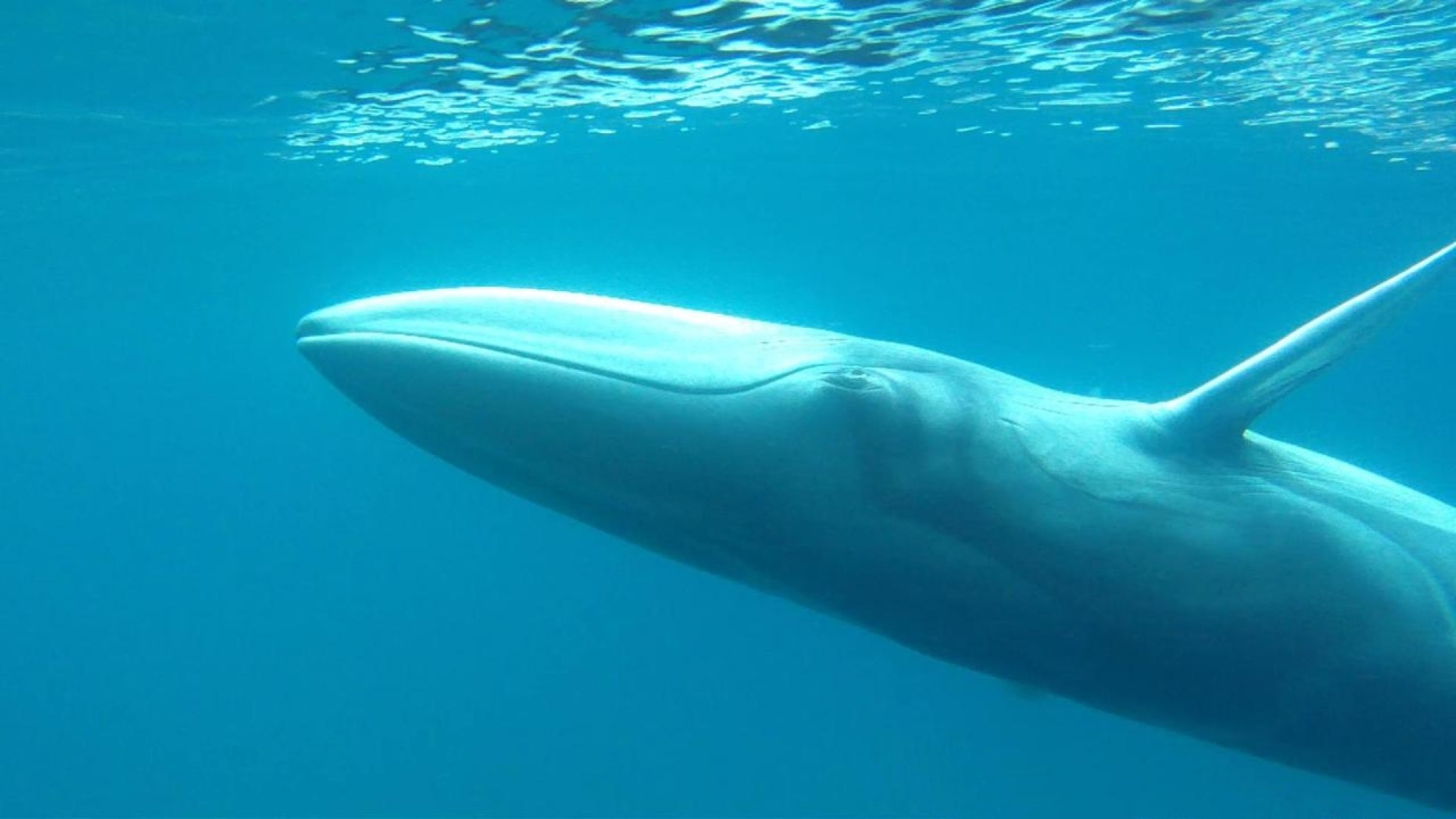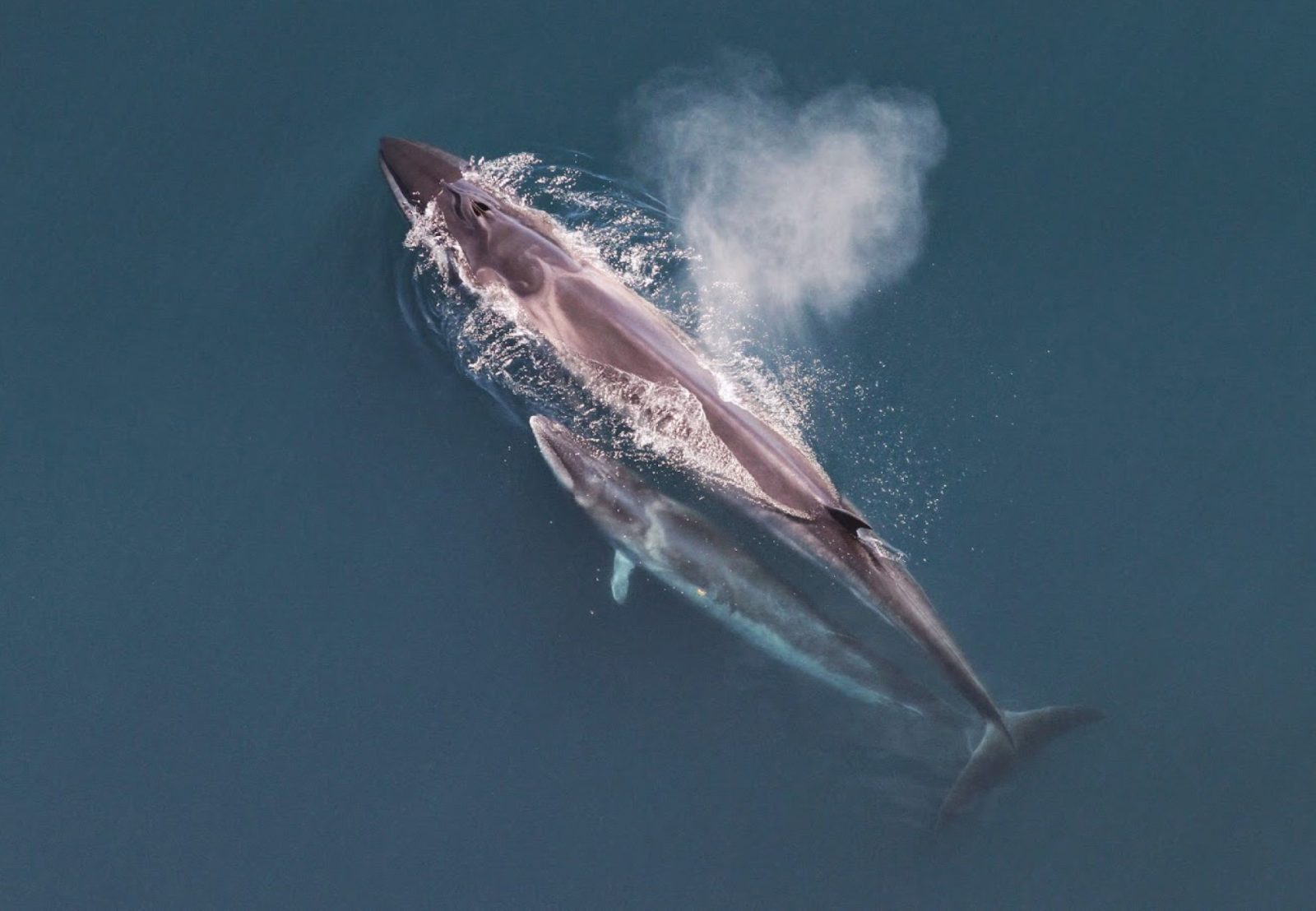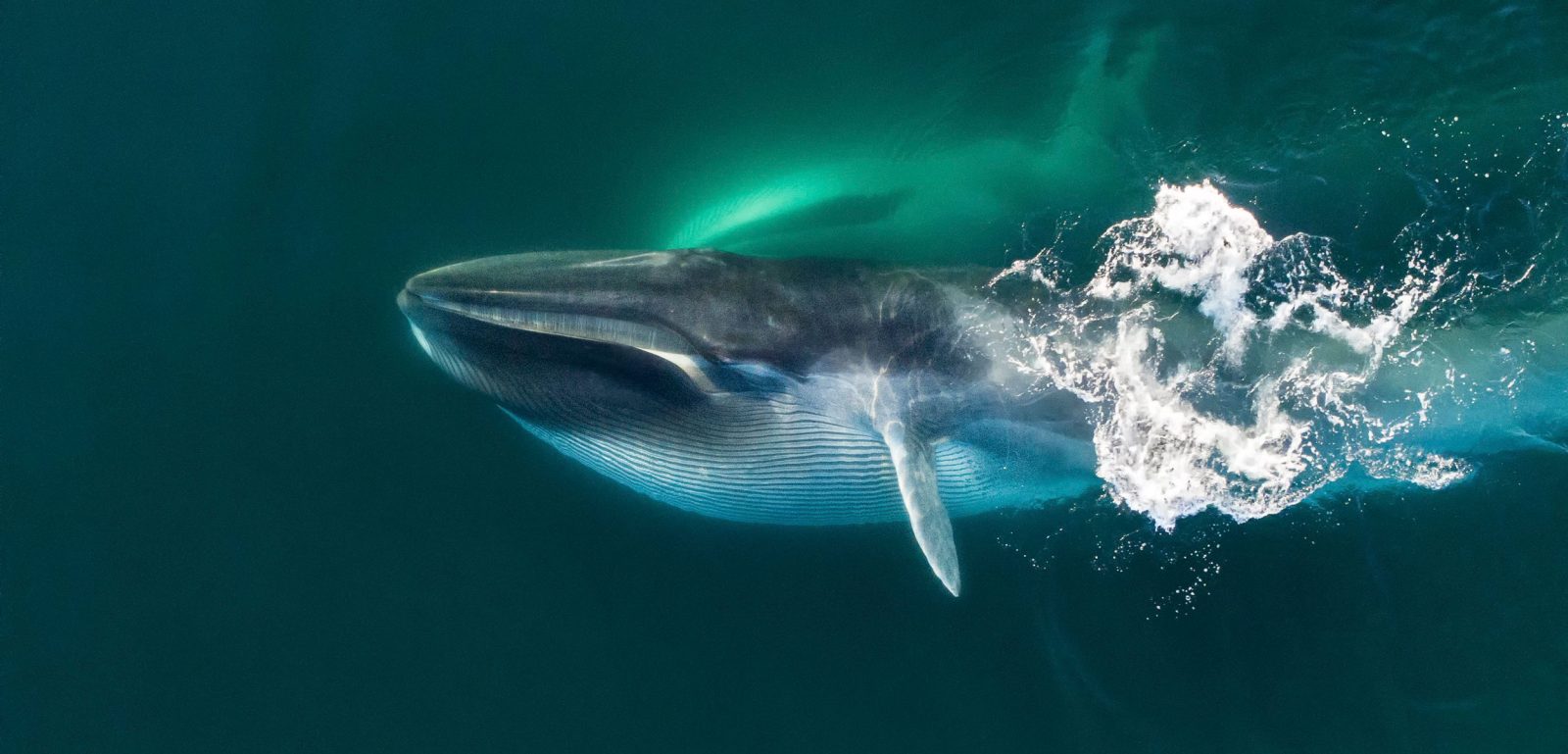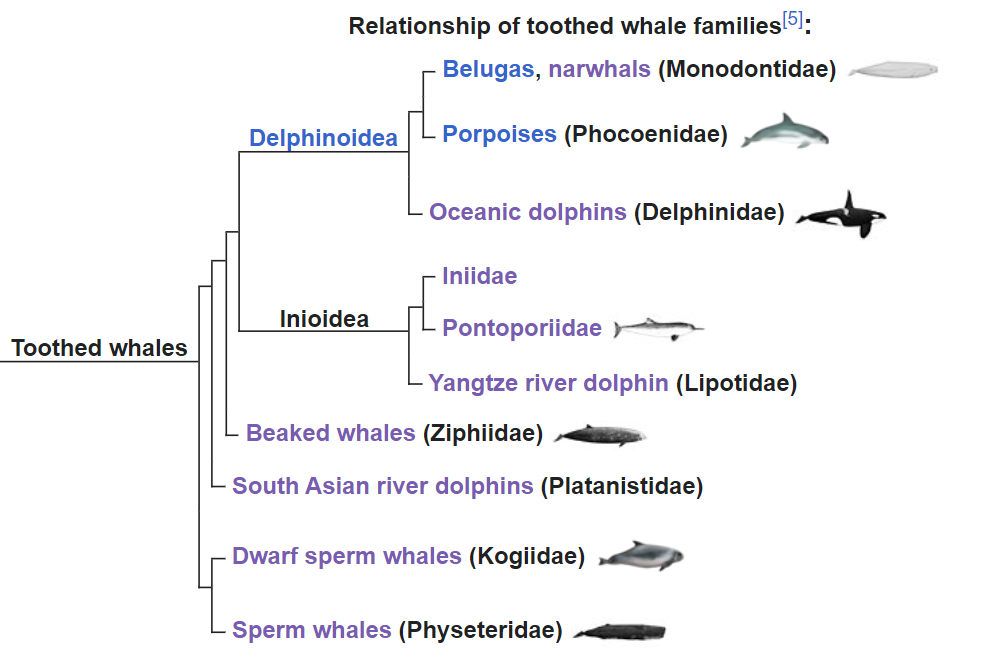It appears that blue whales have been mating with fin whales far more frequently than previously thought. One of the things that is both exciting and alarming, is that it suggests that whales can interbreed more easily.
While they are currently listed as endangered, and are starting to recover, of the 4 subspecies, the one found in the north Atlantic and the north Pacific is the most at risk. In otherwards, this subspecies could become extinct as a result of hybridisation.
On average around 3.5% of the blue whale DNA, comes from the fin whale.
It is perhaps odd that these species would interbreed, as blue whales weigh around 85 tonnes more than fin whales.
It had been assumed that these occasional hybrids could not go on to produce fertile offspring, but this has been shown to not be the case. What appears interesting though, is that there does not appear to be any blue whale DNA in the fin whale population, suggesting that they offspring will only ever be able to breed with blue whales.
















